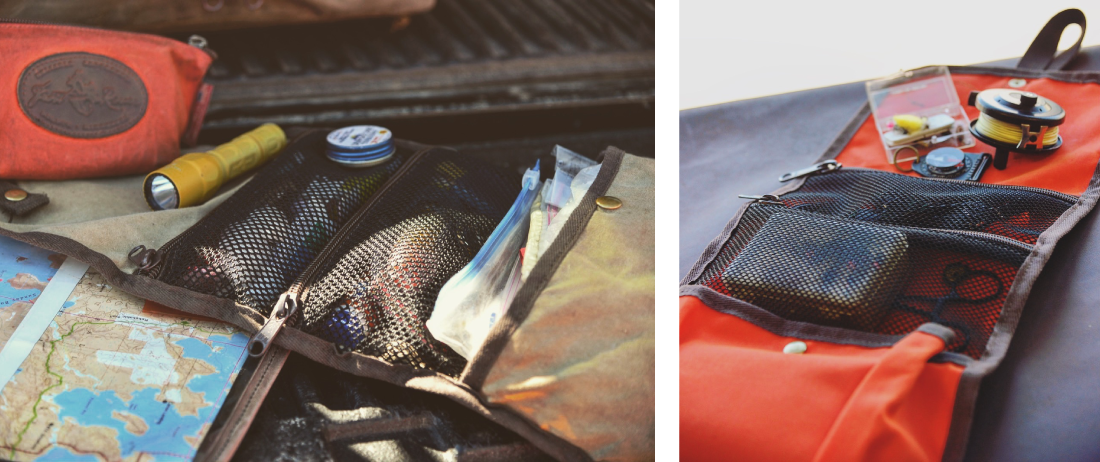
There were a thousand miles of wagon roads from the Missouri River to the Salt Lake Valley, all through hostile Indian country. The first was the navigation of the Colorado River. There were three basic reasons for the Mormon Church establishing these settlements on the Muddy, and it is difficult to state which was the most important. Timber suitable for sawing into lumber was 60 miles away. The vegetation is limited to the creosote bush, cactus, mesquite, and other related hardy desert plants. The summer temperatures are extremely high, and with little moisture in the air, the heat of the day in winter is rapidly dissipated so the nights are cold. The climate is harsh, for it is true desert. Actually, it is a continuation of the great drainage system of that part of Utah and Nevada not in the Great Basin. This is what has always been known as the Muddy Valley. The third valley begins at the lower end of the Lower Narrows and runs to the confluence with the Virgin River (now covered by Lake Mead) and is about 18 miles long.

The second or middle valley commences at the Upper Narrows and continues down to the Lower Narrows and is about two miles wide and about six miles long. This upper valley is about two miles wide and five miles long, terminating at the lower end in what is called the Upper Narrows. Here, in many separate, crystal clear, warm springs, the Muddy River is born. It is composed of three separate valleys, the first or upper valley is the source of water. At no place is the valley over two and one-half miles in width. It is approximately 30 miles in length from the springs in the northwest to where it empties into the Virgin River. The Muddy Valley (now known as the Moapa Valley) lies in the extreme southeast part of the State of Nevada. It became known as the Muddy Crossing and then the Muddy Valley. He says: The stream has it's name from the fact of there being a low alkali swamp on the east side of the creek where the California Road crosses, which is bad to cross in wet weather, but the creek is clear and very good water, with the exception of being too warm for pleasant drinking. News of June 19, 1868, gives the best clue as to how the name was derived. James McClintock states that an early map of New Mexico Territory dated 1853 says the "Muddy is set down as the El Rio Atascoso," Spanish for "Boggy." Joseph W. Pratt camped on the river October 10, 1848, and called it the Muddy in his journal.

Kit Carson referred to the river as the Muddy when he camped on it in the spring of 1847. The name "Muddy," which was given to the stream, goes back to early packers who used the California Trail many years before any permanent settlements were there.

It was as though the Lord Himself had called them. When that prophet stood up in the semiannual conference of their church, called them by name, and told them they had been selected to go and settle on the Muddy, the call carried the seal of Diety upon it. These settlers were Mormons, members of a new church - a church whose very foundation was based upon the concept of a prophet who was guided by the Almighty to direct them to go places and do things. To understand, one has to know and consider the people themselves. One wonders how these pioneers succeeded as well as they did.
#MUD RIVER TRAVEL KIT FULL#
Joseph awoke to find their water ditches blown full of it. Sand blew into food, into the cracks of houses, and on at least one occasion the people at St. In the winter it blew cold in the summer it blew hot and it always carried the drifting sand. And always there was the wind - one day it blew from the south the next day it blew from the north. Then there were Indians-marauding, sneaking, thieving Indians - present everywhere.

The country was desolate the trees and palms that now line the valley were planted by the colonists. George there were no cash markets for anything they produced there were no roads - the original pioneers traveled down the Virgin River crossing it as many as 35 times and there was the terrible summer heat - even the nights were unbearable. First was the remoteness of the area - they were 450 miles from Salt Lake City and 90 miles from their headquarters in St. The Settlementson the Muddy 1865 to 1871 "A God Forsaken place"Ĭolonization in any area in North America presented no greater difficulties than those faced by the settlers on the Muddy River.


 0 kommentar(er)
0 kommentar(er)
